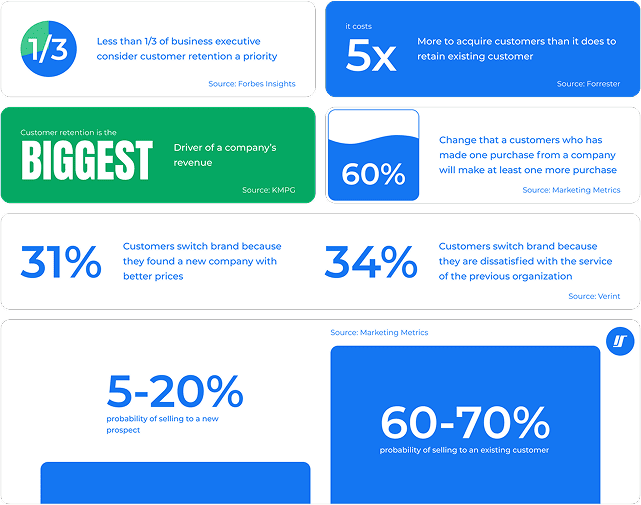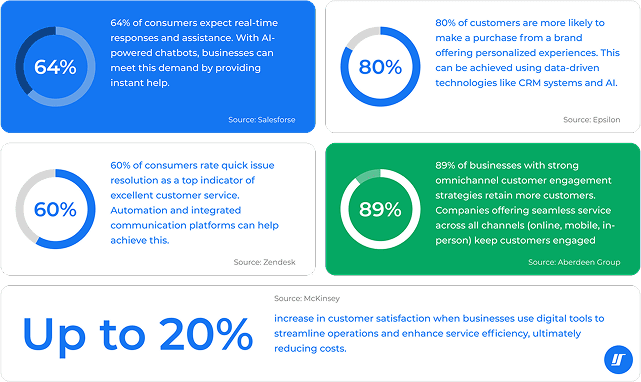Scalability today goes beyond growth—it’s about resilience, agility, and efficiency. Monolithic architectures offer simplicity and predictable performance but can become bottlenecks at scale. Microservices provide flexibility and independent scaling but introduce complexity in orchestration, data consistency, and security. The real question for CTOs and architects isn’t monolith vs. microservices, but which approach best aligns with their scalability strategy and business needs.
Architectural decisions shape performance, costs, and development velocity. Misalignment can lead to inefficiencies and costly refactors. Factors like maintainability, DevOps maturity, security, and adaptability to emerging technologies must be considered. While microservices dominate scalability discussions, modular monolithic architectures still prove effective in many cases. This article explores the real-world trade-offs to help leaders make informed decisions. This article explores the real-world trade-offs to help leaders make informed decisions about monolith vs. microservices pros and cons.
Monolithic Architecture: A Controlled Scalability Model
Monolithic architectures follow a tightly integrated model where all components share a unified runtime and database. This structure offers efficiency and simplicity, making it a preferred choice for enterprises prioritizing performance, operational control, and predictable scaling. With fewer network calls and centralized management, monoliths can deliver reliable performance, particularly in well-structured environments with strong DevOps practices. However, as applications grow, scalability challenges emerge. Choosing between a tightly integrated system and a distributed approach requires evaluating the pros and cons of monolith vs microservices architecture. Codebase complexity increases with expansion, affecting deployment cycles and increasing regression risks. Additionally, cloud-native elasticity is harder to achieve due to the stateful, tightly coupled nature of monolithic applications.
Why Some Enterprises Still Prefer It
- Performance Efficiency
- Operational Simplicity
- Resilience in a Controlled Ecosystem
Scalability Bottlenecks
- Rigid Scaling Model
- Change Management Overhead
- Infrastructure Dependency
Despite its limitations, a well-architected monolith can offer controlled scalability, particularly when paired with horizontal duplication and caching strategies. It simplifies development and reduces the overhead associated with distributed systems. For businesses with stable workloads and a strong need for centralized control, monolithic architectures remain a viable and often superior choice.
However, as demand for agility and scalability increases, enterprises must weigh the trade-offs. While a monolithic approach offers a structured and deterministic environment, it may not be the best fit for dynamic, high-growth scenarios where independent scaling and rapid iteration are priorities. Understanding these constraints is essential when planning for long-term system scalability in the microservices vs monolith debate.
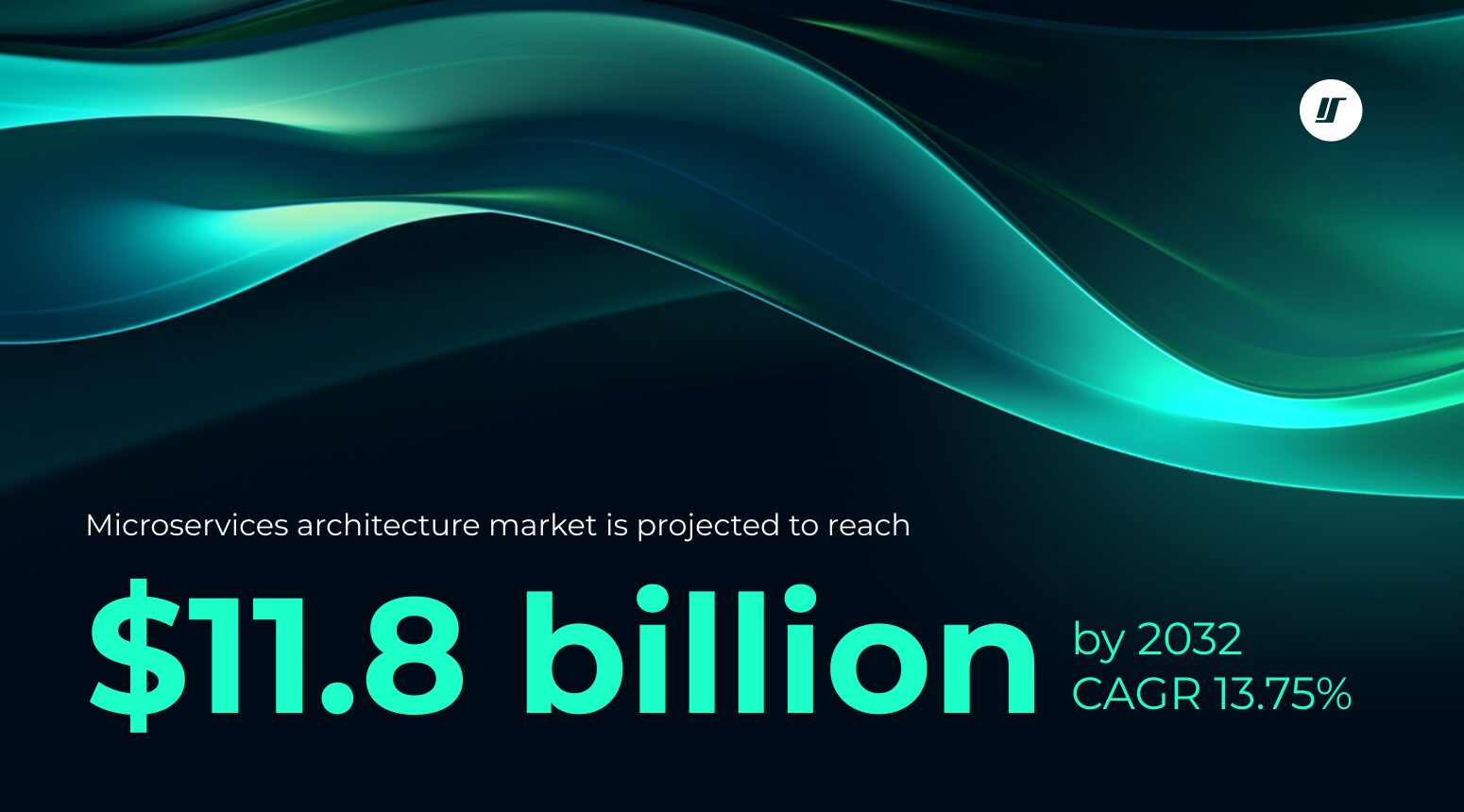
Microservices Architecture: The Federated Scalability Model
Microservices architecture is a decentralized model where services operate independently with their own business logic and data. This enables efficient scaling, technology flexibility, and fault isolation but introduces complexity in managing distributed systems and maintaining data consistency.
Why Enterprises Shift to Microservices
- Elastic Scalability
- Technology Diversity
- Enhanced Fault Isolation
- Operational Agility
Scalability Trade-offs & Pitfalls
- Inter-Service Latency
- Data Consistency Challenges
- Complex Observability Needs
- Increased Infrastructure Overhead
Microservices provide scalability and flexibility, allowing enterprises to scale components independently and adopt the best technologies for specific needs. However, they come with operational challenges that require strong DevOps practices, well-structured API governance, and effective monitoring solutions. Without proper governance, service sprawl can drive up infrastructure costs, making the monolith vs microservices decision crucial for long-term efficiency.
A phased migration strategy, such as the strangler pattern, can help mitigate risks by gradually decomposing monolithic applications into microservices without disrupting operations. Successful implementation requires robust observability, automated deployment pipelines, and clear ownership of services, especially when navigating the challenges of distributed monolith vs microservices architectures. When aligned with business goals and engineering capabilities, microservices offer significant advantages, enabling organizations to build scalable, resilient, and future-proof systems. Monolith or microservices? We’ll help you choose the best fit for your business↗.
Architectural Trade-offs in Scaling Enterprise Systems
Choosing between monolithic and microservices architectures requires evaluating key trade-offs that impact scalability, performance, and operational efficiency. While monolithic systems offer simplicity and lower initial complexity, they become increasingly difficult to scale as applications grow. In contrast, microservices introduce flexibility and independent scaling but demand greater architectural discipline, tooling, and governance.
Performance, deployment strategy, data consistency, and security all play a role in determining which approach is the best fit. Enterprises must assess their long-term scalability goals, DevOps maturity, and operational priorities to make informed decisions.
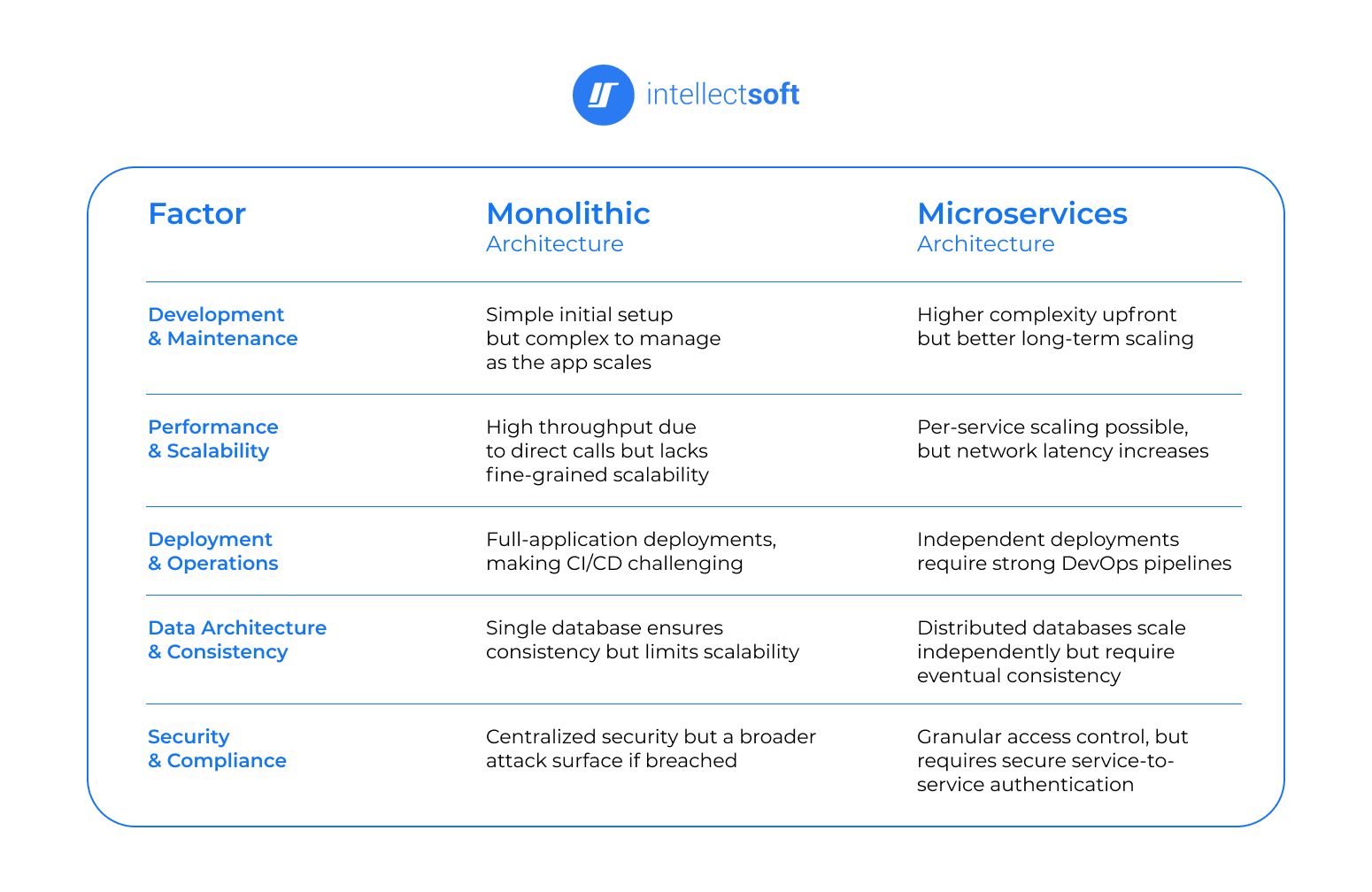
Each trade-off carries significant implications for enterprise scalability. While monolithic architectures simplify development and maintenance, they can slow down innovation in large-scale applications. Microservices, on the other hand, offer agility and resilience but demand greater expertise in managing distributed systems, data synchronization, and security protocols.
Ultimately, the right choice depends on business objectives, technical capabilities, and long-term growth strategies when evaluating monolith architecture vs microservices. Enterprises with stable, predictable workloads may find monoliths sufficient, while those needing rapid innovation and independent scaling will benefit from microservices—provided they have the right infrastructure and governance in place.
Strategic Decision Framework
Choosing the right architecture is not just a technical decision—it directly impacts business agility, operational costs, and the ability to scale efficiently. While microservices have gained traction as a modern approach to software architecture, monolithic applications remain a practical choice in many scenarios. The best decision depends on multiple factors, including business needs, team expertise, infrastructure maturity, and long-term scalability goals, especially when comparing modular monolith vs microservices approaches.
This section provides a structured decision-making framework to help evaluate options. It delves into key evaluation criteria, the role of organizational structure, cost implications, and emerging hybrid models that combine the strengths of both monoliths and microservices.
Key Factors in Architectural Decision-Making
The success of an architecture depends on how well it aligns with an organization’s goals, scalability requirements, and operational complexity. While monolithic architectures offer simplicity and centralized management, microservices provide flexibility at the cost of increased infrastructure and operational demands. Evaluating factors such as business growth, team expertise, deployment environment, and long-term costs ensures the right architectural choice for enterprise scalability.
Business and Scalability Needs
Different businesses have varying scalability requirements. If an application has stable and predictable demand, a monolithic architecture may be sufficient. However, when certain parts of a system experience fluctuating loads—such as high-traffic APIs, payment processing, or real-time analytics—microservices allow independent scaling. In industries with frequent product updates and regulatory changes, microservices also enable greater agility in development and deployment.
Team Expertise and Development Culture
The success of an architectural approach depends on the engineering team’s capabilities. Small teams with limited experience in DevOps and distributed systems may find monolithic architectures easier to manage. On the other hand, organizations with domain-driven, cross-functional teams can benefit from microservices, as they allow independent service ownership and faster release cycles. Choosing an architecture that aligns with team structure prevents bottlenecks in development and maintenance.
Infrastructure and Deployment Considerations
The underlying infrastructure significantly impacts the feasibility of a given architecture. Monolithic applications are easier to manage in traditional on-premise environments where centralized control is preferred. However, companies that leverage cloud-native platforms, Kubernetes, and containerized deployments are better positioned to manage microservices. Advanced tooling, such as service meshes and API gateways, can simplify microservices management but require additional expertise and infrastructure investments.
Cost and Operational Trade-offs
While monolithic architectures have lower initial costs, they can become expensive to scale and maintain in the long run. Microservices require higher upfront investment in infrastructure, monitoring, and automation but reduce operational bottlenecks and improve efficiency at scale. Enterprises must weigh the trade-offs between simplicity and long-term flexibility, ensuring that the chosen architecture aligns with their business strategy and growth trajectory.
Hybrid Approaches: The Best of Both Worlds?
Many enterprises find that neither monolithic nor microservices architectures fully meet their needs. A strict monolith can become difficult to scale and maintain over time, while microservices introduce operational complexity that not all organizations are equipped to handle. Hybrid approaches aim to balance stability and flexibility, allowing enterprises to leverage the best aspects of both architectures while mitigating their drawbacks in monolith vs microservices decisions.
By carefully structuring a system to incorporate modular design principles, gradual migration strategies, or multi-speed architectures, companies can optimize for both efficiency and scalability. These approaches provide a practical transition path for organizations that want to modernize their systems without undertaking a full-scale architectural overhaul. Below are three widely adopted hybrid models that help bridge the gap between monoliths and microservices. Balance stability and agility. Discover hybrid solutions with Intellectsoft↗.
Modular Monoliths
A modular monolith retains the simplicity of a single deployable unit while introducing structured, independent modules within the application. Unlike traditional monoliths, where all components are tightly coupled, a modular monolith enforces clear boundaries between different functional areas, making it easier to manage and scale over time.
This approach allows teams to:
- Improve Maintainability: By enforcing separation of concerns, developers can work on individual modules without affecting the entire system. This makes debugging, testing, and feature development more efficient.
- Enable Future Microservices Migration: If needed, specific modules can later be extracted into standalone microservices without requiring a complete rewrite of the application. This provides an incremental path toward modernization.
- Retain a Unified Database: Unlike microservices, a modular monolith can still maintain a centralized database, simplifying data management and transaction consistency. This reduces the complexity associated with distributed databases while ensuring data integrity.
Who should consider this? Organizations that are not ready for the operational complexity of microservices but need to improve maintainability and scalability within their existing monolithic architecture.
Strangler Pattern for Migration
For enterprises transitioning from a monolithic system to microservices, the Strangler Fig Pattern offers a structured, incremental migration strategy. Instead of completely rewriting the system from scratch, new functionality is developed as microservices while existing monolithic components remain operational. Over time, as more services are extracted, the monolith shrinks until it is eventually replaced.
Key benefits of this approach include:
- Incremental Service Replacement: Rather than a sudden and large-scale migration, individual services can be extracted one at a time, reducing risk and ensuring a smooth transition.
- Minimized Operational Disruptions: Because the transition is gradual, teams can validate each new service before fully committing to a distributed system. This allows for continuous improvements without jeopardizing existing functionality.
- Improved Risk Management: If a newly migrated microservice fails, the monolithic system remains functional, acting as a fallback mechanism until issues are resolved. This reduces downtime and ensures a safer migration process.
Who should consider this? Enterprises with legacy monolithic applications that need to transition to microservices without disrupting ongoing business operations.
Two-Speed Architecture (Bimodal IT)
Some enterprises operate in industries where stability is crucial for core systems, but they also need agility to rapidly develop new digital experiences. A two-speed architecture, also called Bimodal IT, addresses this by splitting the system into two distinct layers—one optimized for stability and another for rapid innovation.
This approach divides the architecture into:
- Stable Core (Monolith): Handles mission-critical business processes that require high reliability, consistency, and security. These systems typically involve financial transactions, inventory management, or regulatory compliance operations. Because these functions must remain stable, they are kept in a structured monolithic environment.
- Fast-Moving Edge (Microservices): Supports innovation, experimentation, and rapid feature deployment. New digital services, customer-facing applications, and integrations can be built as independent microservices, allowing faster iteration cycles without affecting the core system.
By keeping essential, business-critical processes in a monolithic core while enabling rapid development through microservices at the periphery, enterprises can balance long-term stability with short-term adaptability.
Who should consider this? Large enterprises in highly regulated industries (e.g., banking, healthcare, telecommunications) where system reliability is critical, but competitive pressures demand faster innovation.
Future Trends in Scalable Architectures
The evolution of enterprise architectures continues as new technologies reshape scalability strategies. Understanding monolith vs microservices pros and cons is essential for choosing the right approach in this rapidly changing landscape. The table below outlines key advancements shaping the future of scalable architectures.
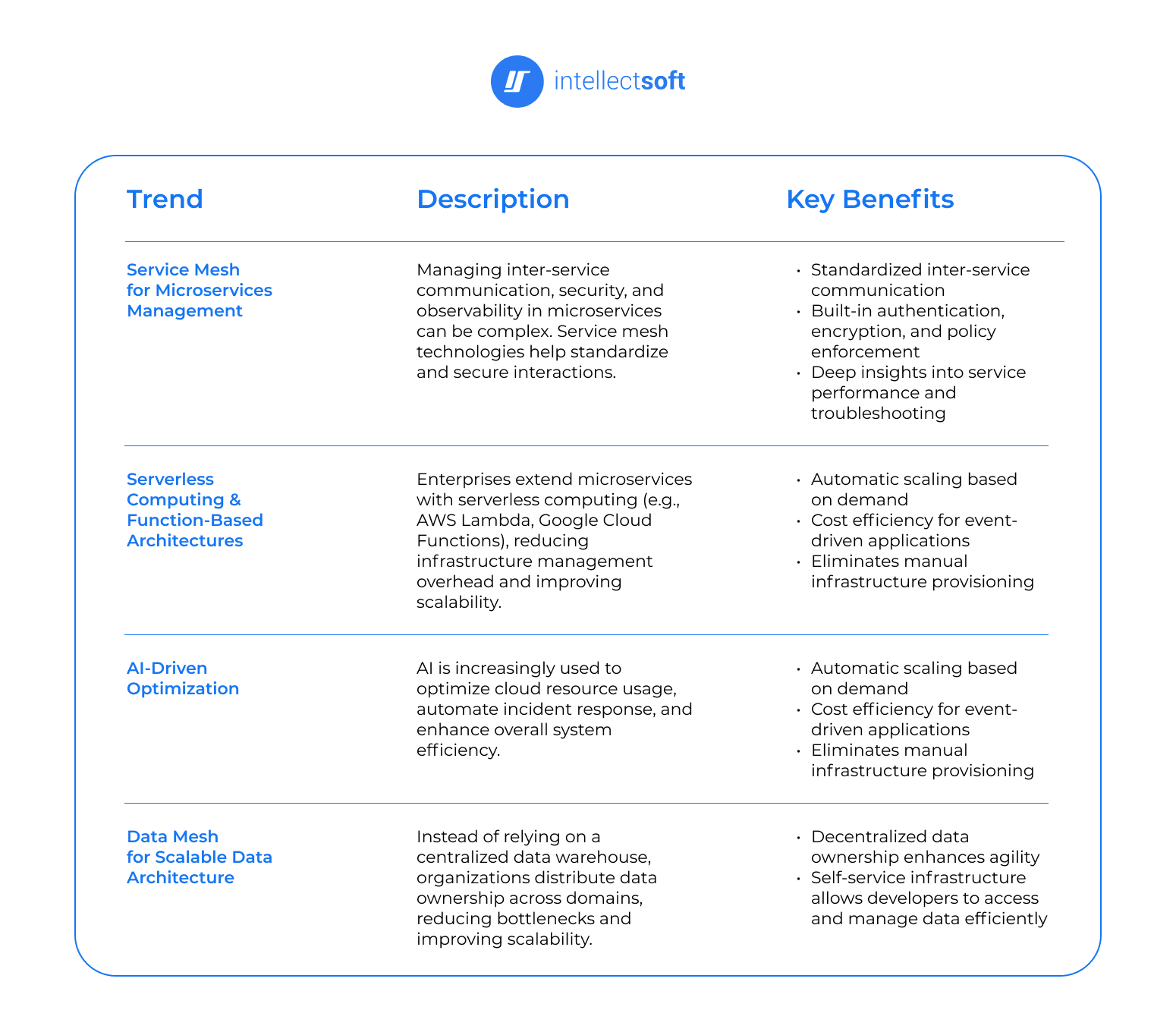
As enterprises continue to scale, these technologies will play a critical role in ensuring efficiency, resilience, and long-term sustainability.
Selecting the right architecture is not just a technical decision—it shapes an organization’s ability to scale, innovate, and remain competitive. Monolithic architectures remain viable for stable, controlled environments where simplicity and centralized management are priorities. However, microservices provide greater agility and scalability, provided an organization has the necessary DevOps maturity, governance, and infrastructure to handle their complexity.
Hybrid approaches, such as modular monoliths or gradual migration strategies, can offer the best of both worlds. As technology evolves, organizations must continuously assess their architecture’s ability to adapt to new challenges, from cloud-native transformation to AI-driven optimization. The decision should align with both immediate needs and long-term scalability goals, considering the trade-offs in monolith vs microservices architecture.
Key Takeaways for Decision-Makers
- Monolithic architectures are simpler to develop and manage but become rigid at scale.
- Microservices architectures enable agility and independent scaling but require strong operational discipline.
- Hybrid approaches balance stability and flexibility, allowing for gradual modernization.
- Infrastructure readiness plays a critical role in the feasibility of microservices adoption.
- Future-proofing requires continuous evaluation of emerging technologies like service mesh, serverless, and AI-driven automation.
Ultimately, scalability is not just about handling growth—it’s about doing so efficiently and strategically. The right architectural choice should enable long-term business success while ensuring operational resilience in an ever-changing digital landscape.
Choosing the Right Architecture for Scalability
Architectural decisions shape how a business scales and innovates. Monolithic architectures offer simplicity but can limit agility, while microservices enable flexibility yet require strong governance. Hybrid models provide a balanced approach, combining stability with scalability. Understanding the trade-offs of monolith vs microservices is key to making the right architectural choice.
The right choice depends on business goals, team expertise, and long-term growth plans. Intellectsoft helps enterprises design and implement scalable architectures, whether optimizing monoliths, transitioning to microservices, or adopting hybrid solutions. Contact us today to build a future-ready system tailored to your needs↗.
Subscribe to updates
Source link










